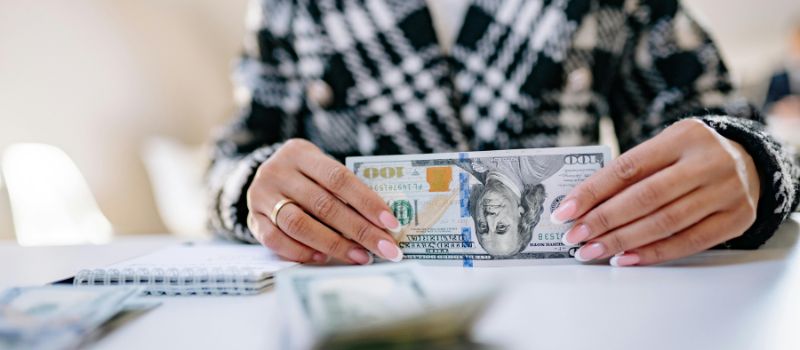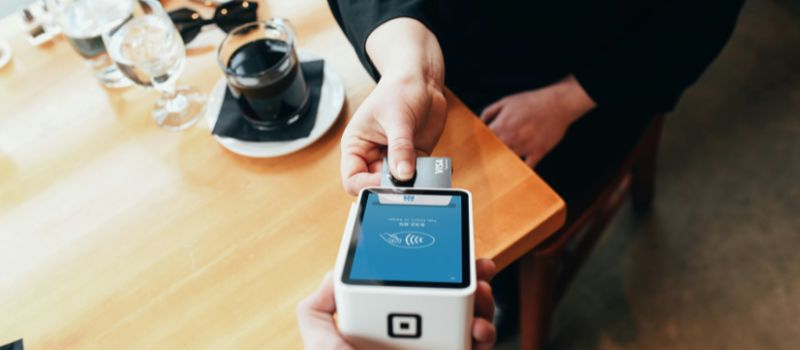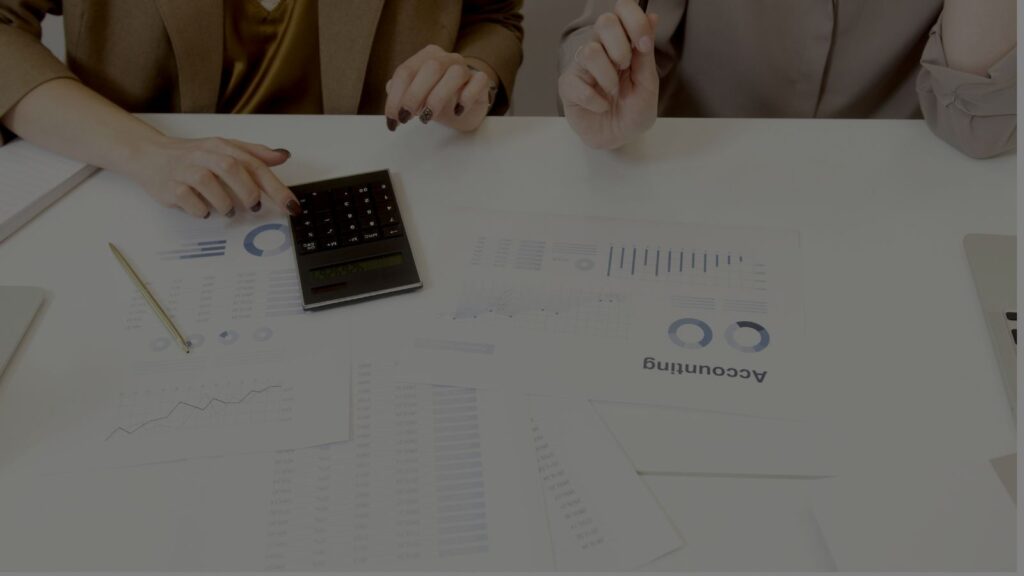Audit Techniques
Interview Procedures
- Ask when financial tasks are usually performed.
The shorter the delay in inputting data into accounting records, the lower the risk of untracked changes. As input time delays increase, the potential risk related to alterations, manipulations, and/or deletions increases. This means there is a greater chance of skimming or undisclosed items. - Ask about the percentage of sales attributed to cash vs. credit/check.
During the initial interview, ask what percentage of sales is attributed to cash compared to credit or check payments. When analyzing the bank deposits, this percentage can be verified and any discrepancies can be questioned. If there is any question that the taxpayer gave inaccurate percentages, it will be resolved during the business tour.
Business Observation Procedures
- Observe payment handling during a business tour.
During the tour of the business, be alert to the type of payments that are made and how they are handled. Spend some time watching the procedures at the register and stay long enough to observe several transactions. If the taxpayer has said they rarely receive cash, but in two hours the examiner notes 10 cash purchases, that observation must be recorded and analyzed.
Verification of Records
- Compare cash register tapes from observation to audit period tapes.
- Match taxpayer statements and records to findings.
Formula for Analysis:
Total Gross Receipts ÷ Number of Days the Store was Open = Average Daily Sales.
This can be compared to the sales on the day the examiner toured the business.
Cash Deposit Verification

- Match cash register tapes to cash deposits for a sample period.
Example: If the tapes show cash received was $500, but the cash deposited that day was only $400 and there were no cash-paid expenses:- Find out who operated the register that day.
- Find out who counted the money.
- Find out who deposited the cash.
- Sample additional days worked by those individuals.
- Analyze books for all journal entries to the cash accounts and determine authorization.
External Verifications
- Contact state auditors or sales tax auditors for prior examination details and markup percentages.
Markup percentages do not usually change, so this information remains useful even from older examinations. Sales tax examinations are typically performed regularly in most states. - Contact beer and wine suppliers to verify reported cost of goods sold.
Owners sometimes under-report purchases to improve the sales-to-cost ratio. Alcohol purchases are usually regulated by State laws; only licensed suppliers can sell liquor to retailers. Therefore, only a few suppliers need to be contacted for an accurate calculation of this aspect of cost of goods sold.
Credit Card Transaction Testing
- Trace a sample of credit card transactions to cash register tapes.
If the credit card purchases cannot be found on the cash register tapes, ask the taxpayer why and consider the tapes may be unreliable.

Frequently Asked Questions
What is the significance of asking when financial tasks are performed during an audit?
Understanding when financial tasks are carried out helps determine the risk of data manipulation. The longer the delay between a transaction and its recording, the higher the potential for errors or fraud, such as skimming or deleted entries.
Why is it important to ask about the percentage of cash vs. credit/check sales?
Identifying the ratio of cash to credit/check sales provides a baseline for verifying bank deposits. Discrepancies between reported percentages and observed transactions may indicate unreported income or manipulation.
How should payment handling be observed during a business tour?
During a business tour, auditors should watch multiple transactions at the register to see how payments are processed. Observing frequent cash transactions when few were reported raises red flags about possible underreporting.
What does the cash deposit verification process involve?
This involves comparing cash register tapes to actual bank deposits. If discrepancies exist such as less cash deposited than recorded further investigation into who handled and deposited the money is required.
Why contact external parties like state auditors or alcohol suppliers?
External verifications from sales tax auditors and licensed suppliers help confirm reported costs and markup percentages. These sources provide reliable third-party data that can reveal underreported sales or purchases.

